Polystyrene vs Styrofoam: What’s the Differences & When to Use Them?
-

- Last updated:
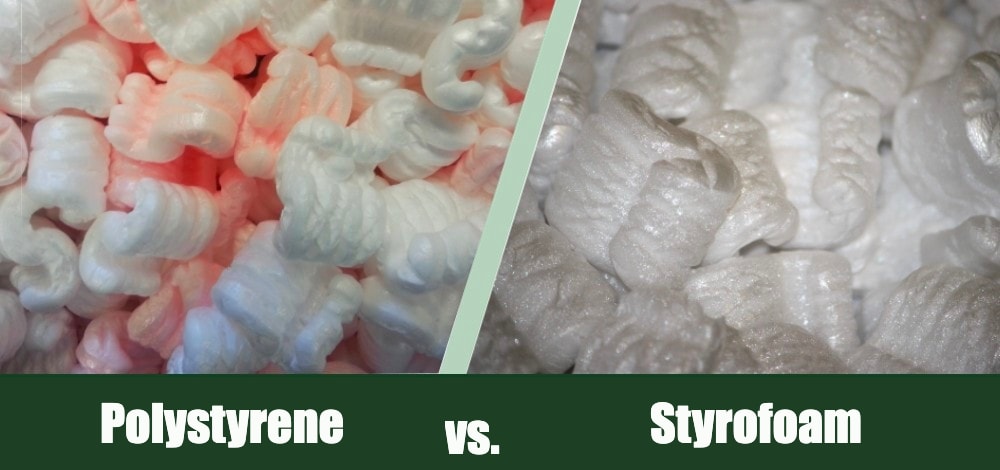
Polystyrene is a versatile and the most common insulator material used in creating artistic projects and insulating homes. This material is made by polymerizing styrene, a building block chemical used to manufacture various products we use at home.
On the other hand, Styrofoam is mostly used in roof, floor, and wall insulation systems. People often use the name “Styrofoam” when describing expanded polystyrene foam products like coolers, disposable cups, and other foam packaging materials that are not actually made from Styrofoam.
But what is the difference between polystyrene and Styrofoam? Read on to learn more about these plastic materials and their key differences.
In this article, we will cover the following:
- Overview of Polystyrene
- Types of Polystyrene
- Uses of Polystyrene
- Overview of Styrofoam
- Uses of Styrofoam
- Differences Between Polystyrene & Styrofoam
At a Glance
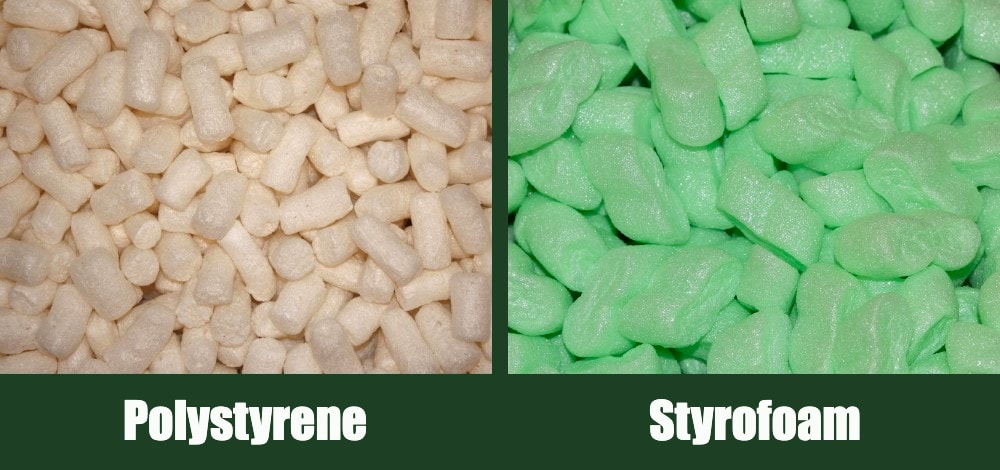
- 210–249 degrees Celsius melting point
- Exists in solid plastic and foam form
- Thermoplastic material
- Suitable for packaging, electronics, automotive, medical, and food industry
- 100 degrees Celsius melting point
- Exists as a rigid foam material
- Thermoset material
- Ideal for the building and construction industry
Overview of Polystyrene
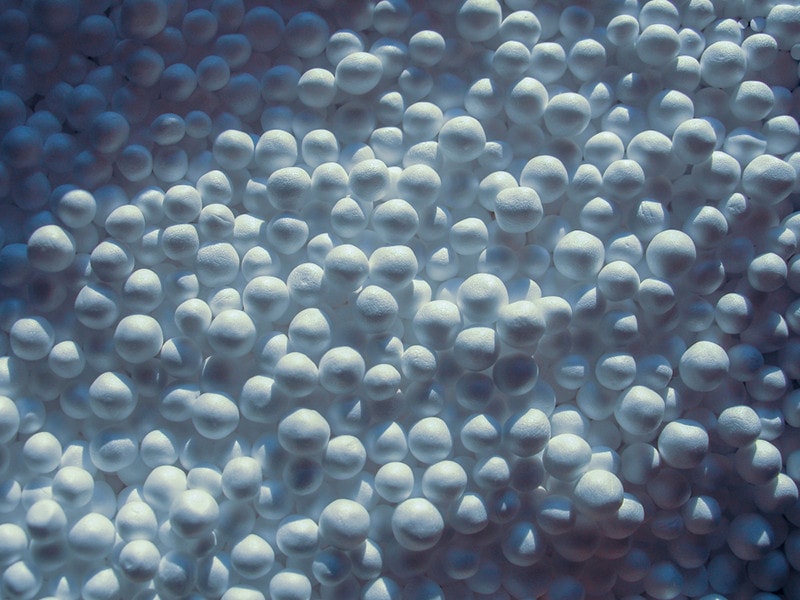
Polystyrene plastic is a transparent thermostatic product that exists in solid plastic and rigid foam material. It is mainly used to make consumer products and is very handy in commercial packaging.
Polystyrene can be used as a solid plastic material when added to other systems and can be used as a foam material that can be used in different commercial industries. It became a popular material back in 1941 when it was sold as a Styrofoam product for use in everyday applications.
Even though PS is popular in its foam variety, there are different types of polystyrene, which have different applications. It is important to differentiate between the different PS varieties because some of them are shrouded in controversy.
The material is particularly seen as problematic by environmental lobbyists because it is notorious for littering and relatively slow to biodegrade. By learning the key differences between the different varieties, you will be better equipped to make an informed decision on plastic products.
Types of Polystyrene
1. Polystyrene Foam
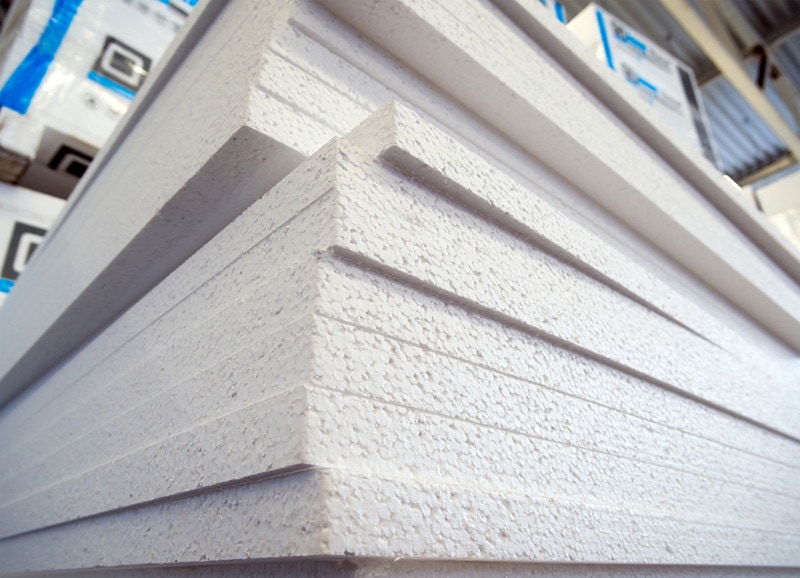
This is perhaps the most common type of PS used in our everyday lives. If you have recently unwrapped a new television set, chances are that it was protected by polystyrene foam. PS foam exists in two types: extruded polystyrene and expanded polystyrene (abbreviated as XPS and EPS, respectively). EPS has more applications in our daily lives, such as making Styrofoam cups or packing foods for export.
EPS has been recognized as an industry standard insulation material since 1950. It is even regarded by the EPS Industry Alliance as an innovative material with a lot of design flexibility for builders. It may have been a mainstream insulation material, but over the past years, new applications for the material have been coming out. Today EPS is a suitable choice for green building designs. It has been maximizing energy efficiency and providing improved indoor quality with enhanced durability.
2. Polystyrene Plastic
This type of polystyrene may be brittle when it is developed, but it is one of the most high-impact resistant materials, especially when used with other materials. Due to its strength, it is mostly used for protective purposes, such as screens for electronic devices and windows on skyscrapers.
3. Polystyrene Film
This type of polystyrene is mostly used in packaging applications. This plastic film can be made by a vacuum and then stretched out to cover a specific product. It is then sealed airtight to prevent any leakages on the package.
Uses of Polystyrene
- Appliance Applications: Household appliances like air conditioners, microwaves, ovens, blenders, and vacuum cleaners are made from polystyrene (in both foam and solid).
- Automotive Applications: Polystyrene in solid and foam forms are used to make car parts, including trim, knobs, instrument panels, sound-dampening, and energy-absorbing door panels.
- Foodservice Industry Applications: This type of plastic is mainly used for food service packaging because it has better insulation than other alternatives.
- Electronics Application: This material is mostly used for the housing of electronics such as televisions, computers, and other IT equipment.
- Insulation Applications: Due to its lightweight nature, polystyrene has excellent thermal insulation for applications, such as insulating roofs, walls, refrigerators, and industrial cold storage facilities.
- Medical Applications: Due to the sterilization ease and clarity of polystyrene, it is used in a wide range of medical applications ranging from test tubes, Petri dishes, housing for test kits, culture trays, and medical devices.
- Packaging Applications: In both foam and solid form, polystyrene is mostly used to protect consumer products. Whether wrapping peanuts for shipping or protecting poultry trays and egg cartons, polystyrene will help protect against spoilage or damage.
- Inert, cost-effective, and durable
- Makes child-protective car seats
- Keeps food fresher for longer and costs less when used in packaging
- Suitable when one wants an electronic device that balances functionality, form, and aesthetics
- Is transparent and easy to sterilize for medical uses
- Polystyrene products are inert and do not react well with acidic or basic solutions
- Pose a litter hazard because they are slow to decompose
- Does not dissolve fast when in contact with hydrocarbon and chlorinated substances
- Have a short lifespan
- Less moisture resistance
Overview of Styrofoam
As earlier mentioned, Styrofoam is a trademark from the DuPont Company. The name Styrofoam is sometimes mistakenly used to describe expanded polystyrene products, such as coolers, disposable cups, and other packaging materials using polystyrene foam; however, this is wrong. None of these materials is Styrofoam.
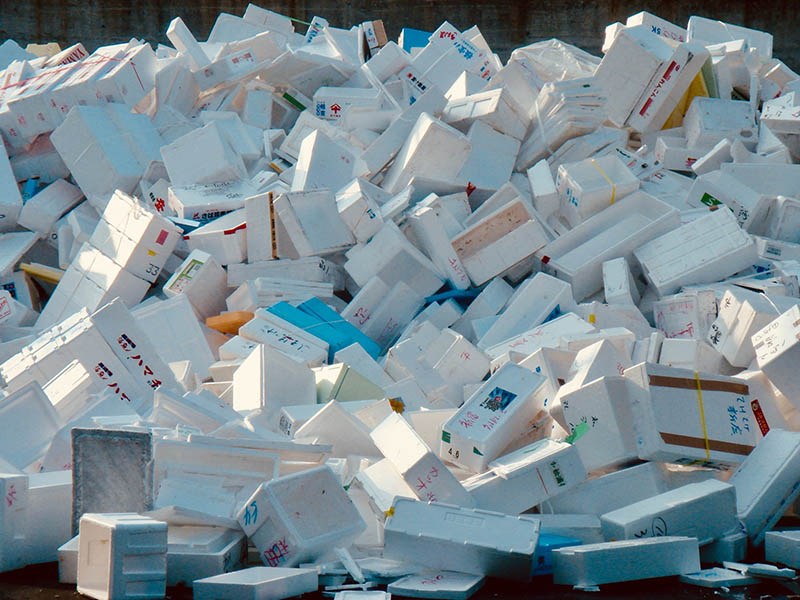
Uses of Styrofoam
The Styrofoam trademark covers a wide range of XPS building products used in construction for wall, roof, and floor insulation. XPS products are ideal for use on pipes, tanks, and ducts that experience temperatures that go below the ambient level.
The Styrofoam brand also covers a range of foam products for the craft, floral, and special events industries. Styrofoam products are considered premium and widely known for being the best-extruded polystyrene insulations retailing on the market today. These products are available in balls, spheres, cones, sheets, blocks, and many other shapes and sizes and can be purchased from any of the Du Point shops spread throughout the country.
Styrofoam is denser and more durable than EPS products and is commonly used in architectural models. XPS features a closed cell structure produced through an extrusion process (hence the name). The process involves melting polystyrene resin with other additives to form a thick liquid. The liquid is continuously extruded with a dye and expanded to form a solid foam material as it cools down. XPS has a wide range of applications for both commercial and private applications. The closed-cell structure of the material also makes XPS products highly durable with excellent thermal insulation.
- Retail in different shapes and sizes
- Styrofoam products are denser and more durable than EPS products
- Styrofoam is considered the best product for insulation applications
- Is more moisture-resistant than polystyrene
- Is less costly and more efficient in terms of R-value
- Negative impact on the environment
Differences Between Polystyrene & Styrofoam
As you may have gathered by now, both EPS and Styrofoam are made from polystyrene resin, which results in closed-cell insulation. However, these materials differ in several aspects that we will highlight.
1. Manufacturing Process
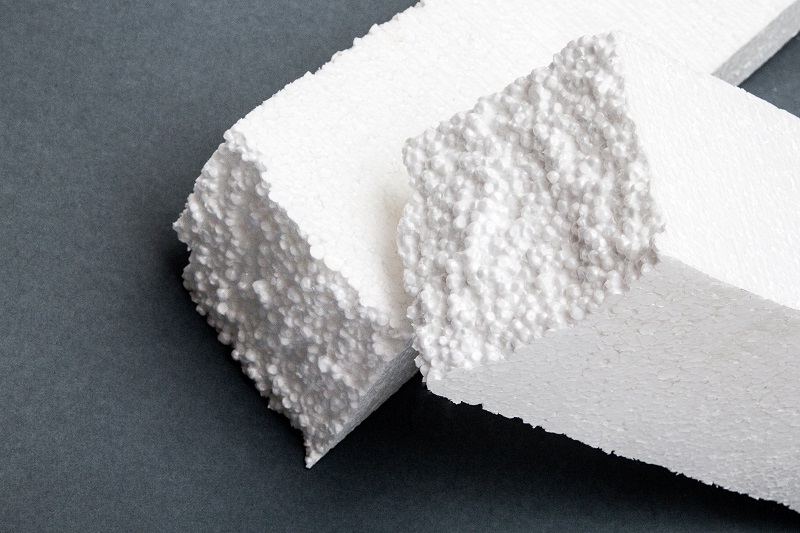
The manufacturing process is perhaps the main difference between the two materials. EPS foam is made from small polystyrene beads that are fed to an extensive block mold. They are later subjected to steam, which makes them expand and stretch out to form cells of EPS. As the beads fuse, they create a small gap between them, which forms irregular shapes.
Styrofoam products are made through an extrusion process. This involves combining solid polystyrene crystals with blowing agents and special additives. These products are fed into the extrusion chamber that melts and blends all the components to form a thick plastic liquid. The liquid is then extruded using a die, where it is cooled and expanded to form a foam material. The foam produced is then trimmed and shaped as desired.
2. Density
Another noteworthy difference between the two materials is the density. Styrofoam materials tend to be thicker and denser than polystyrene materials. The average density of Styrofoam is 3.1 pounds per cubic foot (lb/ft³), or 0.029 ounces per cubic inch (oz/inch³), while the average polystyrene density is equal to 66.17 pounds per cubic foot (lb/ft³), or 0.6127 ounces per cubic inch (oz/inch³).
3. Raw Materials
EPS and Styrofoam plastics use different materials in the manufacturing process. Styrofoam is made from polystyrene crystals, while polystyrene is made from solid polystyrene beads.
4. Environmental Impact
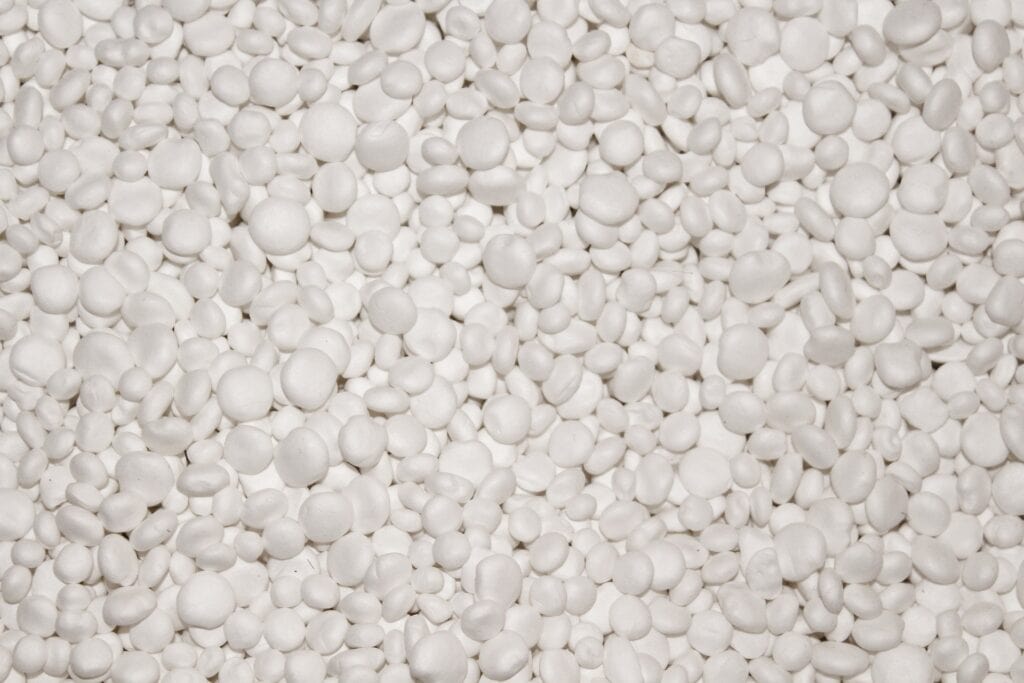
The manufacture of different types of polystyrene has less harmful effects on the environment. These materials do not use any type of dye or chlorofluorocarbons (CFCs), which are the biggest pollutants in our environment. Furthermore, polystyrene is recyclable. EPS can also be made from recyclable materials.
Styrofoam has more negative effects on the environment. In the manufacturing process of XPS, certain types of dyes and additive elements are used. Extruded polystyrene insulations are also not easy to recycle.
5. R-Value Retention
In the long term, polystyrene materials such as EPS have more R-value retention than Styrofoam. This simply means that air keeps on escaping from Styrofoam products. Since gas escaping significantly reduces the R-value, the R-retention value is slower in Styrofoam. In such a situation, EPS products are better at controlling the climate of your building.
6. Moisture Management
When choosing any insulation material, moisture management is one of the most crucial factors to consider. Polystyrene is more moisture resistant than Styrofoam insulation. EPS has rigid insulation, meaning it absorbs less moisture. EPS also has better drying potential compared to Styrofoam.
Consult an insulation expert
Find an insulation specialist in your area, and get free, no-commitment estimates for your project.

7. Bonding Capability
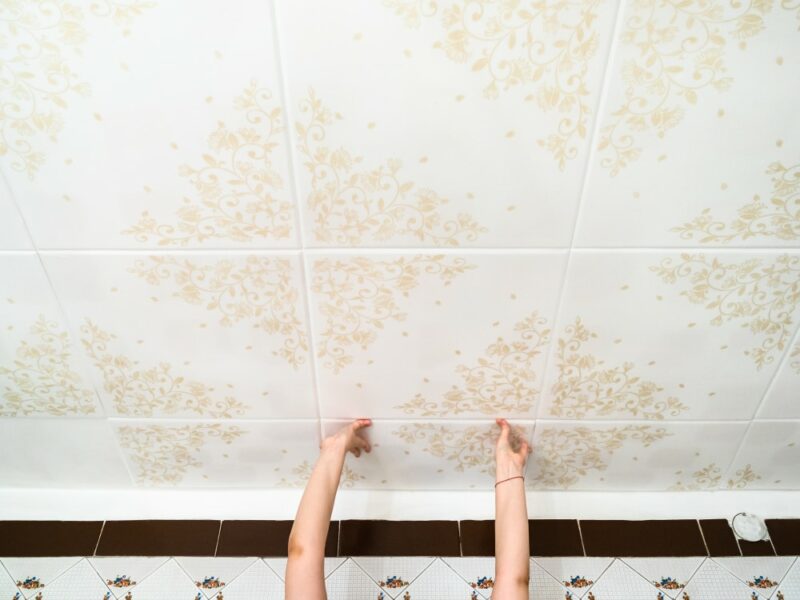
Bonding ability is also important when choosing between Styrofoam and polystyrene. EPS has greater bonding capacity when compared to XPS. The surface of polystyrene also allows for a more timely and thorough bonding.
8. Compressive Strength
The compressive strength of Styrofoam and polystyrene differs too. XPS has more compressive strength compared to Styrofoam. However, you can achieve the same compressive strength with EPS by increasing the density of the foam.
9. R-value Cost
The price of the value is also a key difference between the two materials. Polystyrene is more cost-efficient when compared to Styrofoam. Per R-value, the price of polystyrene is 10% to 30% less than Styrofoam.
 Conclusion
Conclusion
Styrofoam and polystyrene are hardy, durable, and strong materials with various applications. They are suitable for insulation in commercial and private homes and are used in the construction of packaging materials. They even have applications in the medical industry.
Unfortunately, due to their similarity in some applications, most people can never really tell the difference between the two materials. However, polystyrene is a naturally transparent plastic material that exists in foam or solid form. Styrofoam is the trademark of DuPont, a chemical company that focuses on producing extruded polystyrene. Therefore, Styrofoam is simply a type of polystyrene.
Sure, they may closely resemble each other, but they have a few key differences. Polystyrene is less dense than Styrofoam, which makes it ideal for use to make products that we use daily. In addition, polystyrene has higher R-V retention and has less negative impact on the environment. Styrofoam is denser, more moisture resistant, and suitable for use in the construction industry for insulation practices. Furthermore, Styrofoam may have more compressive strength, but it tends to litter the environment.
Featured Image Credit: JumpStory
Contents


